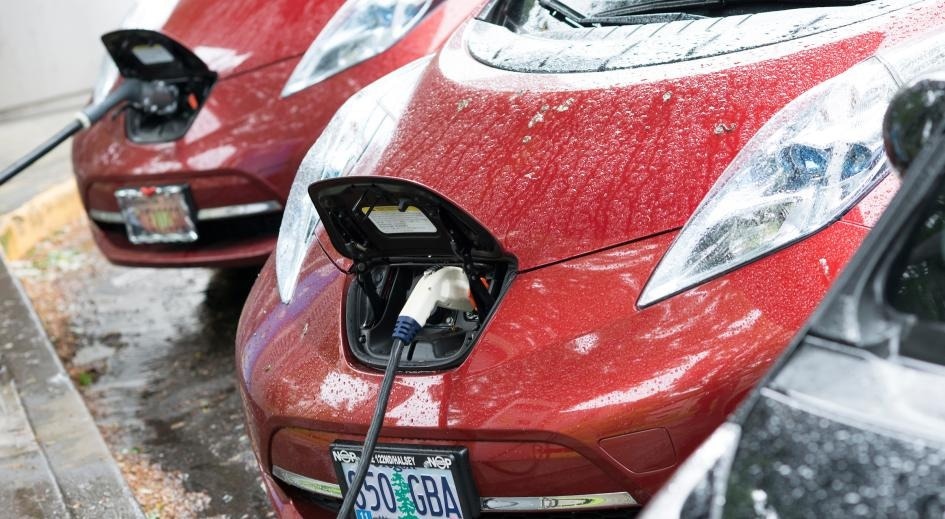The shift from fossil fuels to renewables is not entirely clean and green, as evidenced by a proposed lithium mine on the Oregon–Nevada border and a proposed pumped hydropower facility in Washington.

Image Credit: Portland State University
The extraction, manufacturing, storage, and recycling of metals and minerals required for electric cars, wind, and solar have an impact on land, water, wildlife, and people—thanks to a new grant, a Portland State professor will investigate those impacts, both positive and negative.
The US Environmental Protection Agency gave Alida Cantor, Associate Professor of Geography, a $650,000 grant. The funding comes from the EPA’s “Drivers and Environmental Impacts of Energy Transitions in Underserved Communities” program, which is designed exclusively for early-career researchers like Cantor.
According to Cantor, in the midst of efforts to shift to cleaner energy, the processes associated with the renewable energy storage life cycle can ultimately be damaging to the environment. Consider electric cars. Lithium mining is being driven by demand for lithium batteries and electric cars, which raises worries about water quality and the impact on habitat and endangered species.
It's easy to say that green energy is good without digging in critically to what it actually means for particular people in specific places. That's what we're trying to do here. The energy transition needs to happen, but how do we make it better for the people involved along the way?
Alida Cantor, Associate Professor, Geography, Portland State University
Cantor, along with a group of investigators from San Jose State University, the University of Nevada Reno, and California State Polytechnic University, Pomona, will make an effort to understand how renewable energy transitions can take place in ways that enhance potential positive impacts while reducing potential negative impacts on underserved communities, to strengthen environmental justice.
Interviews with impacted community members, policymakers, and project proponents and opponents for a range of case studies in Washington, Oregon, Nevada, and California will be central to the study.
A proposed lithium mine, a proposed geothermal lithium brine extraction facility, a proposed electric car battery manufacturing facility and Tesla facilities, a battery energy storage facility, a proposed pumped hydropower facility, and battery recycling plants are among the projects under consideration.
Some of the examples are still in the planning or permitting stages, Cantor said, providing an essential opportunity to analyze ongoing shifts.
In each of these case studies, we'll be talking to people who have opposed the projects or who have been impacted by the projects as well as the people who've supported them to get a sense of how burdens and benefits are distributed when it comes to energy transitions. Any project can have benefits to society writ large, but also have burdens that are really specific to certain people in certain places.
Alida Cantor, Associate Professor, Geography, Portland State University
Later on, focus groups and workshops will bring together community members from various locations and cases to share their experiences and establish best practices for governance and implementation, with the goal of making energy transitions more sustainable and environmentally just.
Dustin Mulvaney, an Environmental Studies Professor at San Jose State University, Kate Berry, a Geography Professor at the University of Nevada, Reno, and James Blair, an Assistant Professor of Geography and Anthropology at Cal Poly, Pomona, are among Cantor’s collaborators. The EPA grant expands on the group’s National Science Foundation–funded effort at the nexus of energy and water systems.